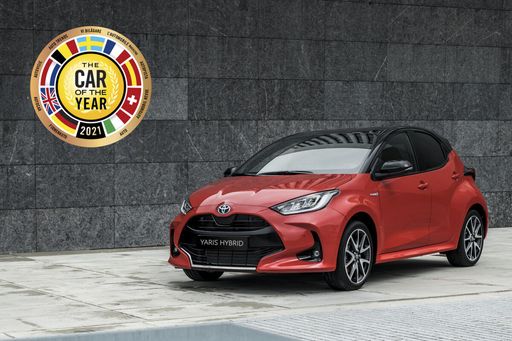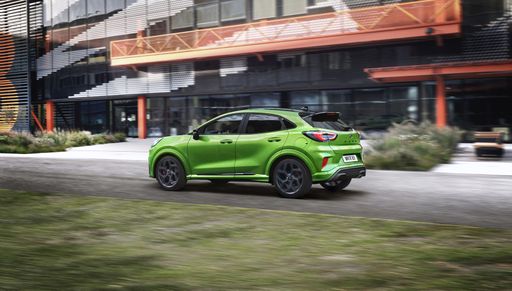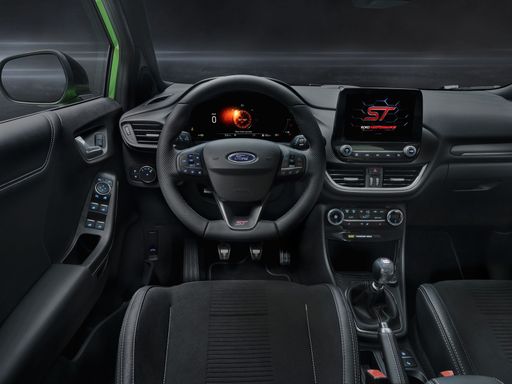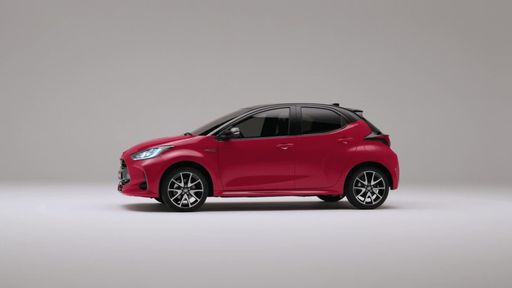Ford Puma vs. Toyota Yaris: A Comprehensive Comparison
The compact SUV segment has been gaining significant popularity as urban dwellers seek practicality, style, and efficiency. Among the leading contenders in this category are the Ford Puma and the Toyota Yaris. Both vehicles boast unique features and advantages that cater to different types of drivers. Let’s delve into a comparison of these two models, focusing on their technical specifications, innovations, and overall performance.






